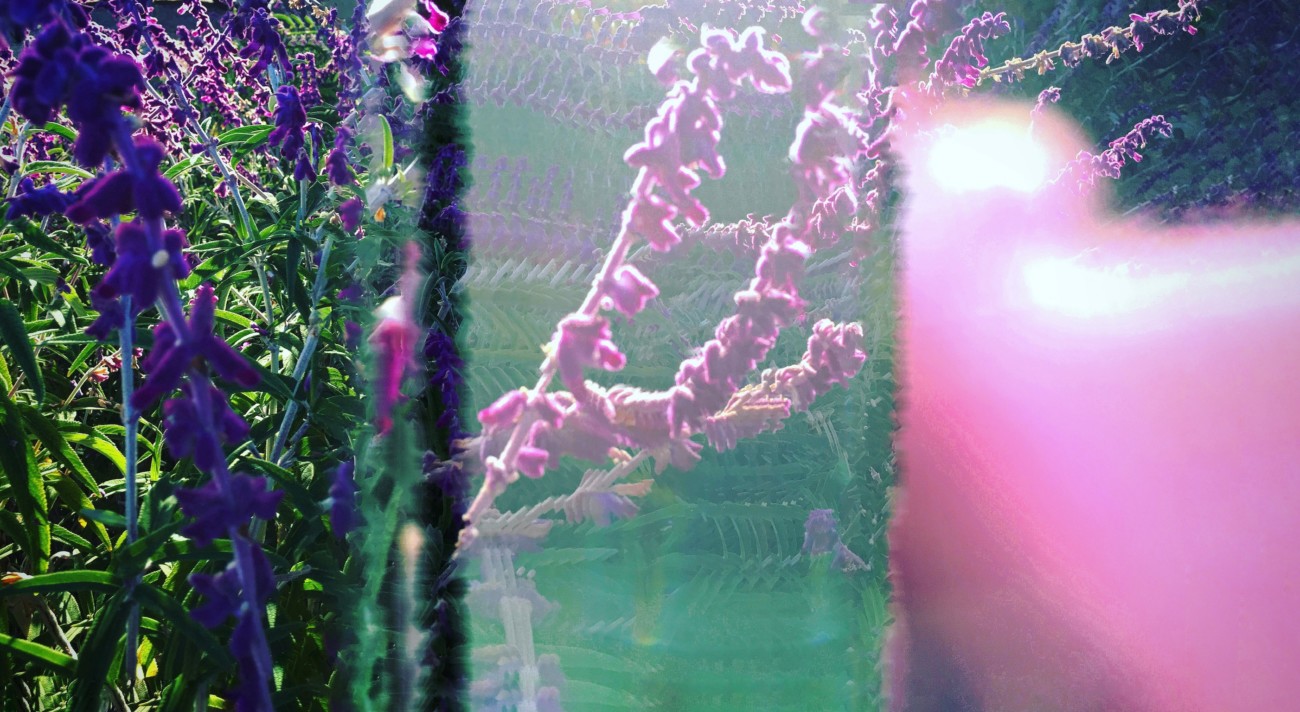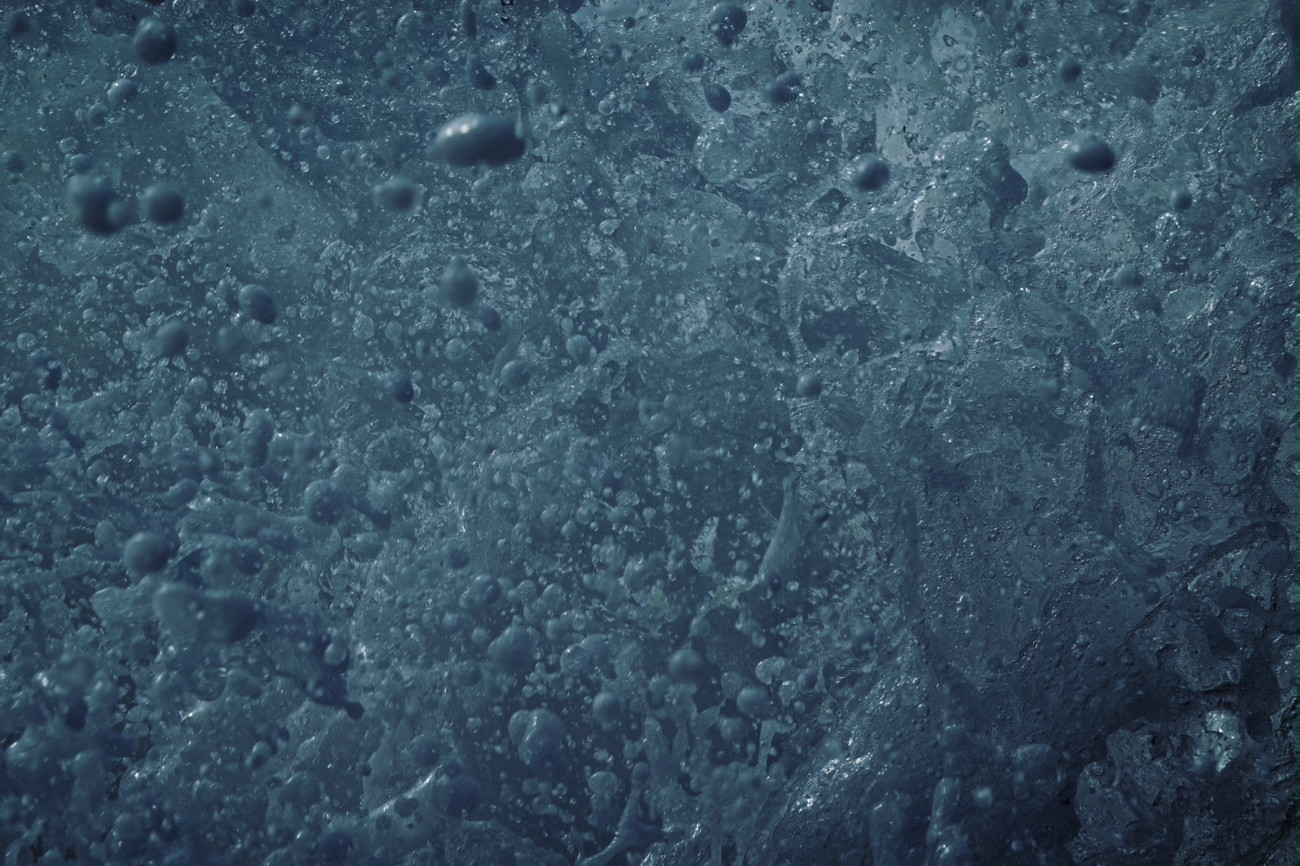
Brett Foraker is a LA-based photographer whose abstract photography aims to blur the lines between reality and what we see on our digital screens.
With an impressive background working in advertising on major campaigns with the likes of Sony, Toyota, Puma, Rihanna, and many others, Foraker made a name for himself often injecting surrealism into successful advertising campaigns. (Some examples here.)
His photographic practice pushes these notions further by abstracting photographs in-camera to create a kind of digital expressionism. From landscapes to portraits, flowers to freeways, his body of work creates a simulated version of the things we see and what “digital” really means.

1. Can you discuss your introduction into the arts?
I always drew, ever since I was a kid, and after college I began painting seriously. I started taking photos at that point as reference. A bizarre chain of events led me to begin art-directing and then directing commercials and longer form pieces. I no longer had time to paint and I needed another creative channel. The photography ramped up at that point.
2. What were your initial goals when starting photography and have they changed?
I’ve always been fascinated by the line between figuration and abstraction. It drives a lot of what I do as an artist and always has. At first it was because it looked cool, but then it evolved. It became more about feeling. There’s something on that thin line that speaks to me about the mysteries of life, how the world can be two things at once. How a thing that might appear obvious at first usually isn’t. I’ve come to realize there are always deeper energies at play than we can immediately see.

3. Can you discuss your creative process?
I’m fortunate in that I get to travel a fair amount. I try to shoot every day. A lot depends on the light and what part of the world I’m in. There are a number of series that I’m working on at any given time but in truth I just try to go out and see what I see. To react. Over time, when I look at my captures, I realize that I’ve been shooting certain subjects over and over, trying to get inside of them. Then I try to take them apart.

4. Were there any full-circle moments?
The full circle moment was when I realized that I could take those things I was once forced to paint—landscapes, still lifes, portraits—and break them. I could deconstruct them photographically and perhaps comment on what they mean today. We all live in a space somewhere between the real and digital worlds and that carries with it a certain feeling. It’s that feeling I’m trying to capture.

5. Does your personal work and your advertising work intersect?
There are certain intersections—perhaps compositionally or a desire to innovate technically— but the personal work is usually much more pushed. Nothing pleases me more than a piece of art that isn’t afraid to smack you in the face. The world is full of anxiety and beauty and I’m always seeing if I can combine the two.

6. Do you have any inspirations in your choice of surrealism?
I always find these questions awkward. I try to be as different as I can. My big inspirations are people like Robert Frank, Ernst Hass and Dennis Stock, but you’d be hard pressed to find any frames that resemble theirs. It’s more of a spiritual influence. My favorite surrealists are probably Guy Bourdin and Moshe Brakha, who always deliver an unexpected twist. But my own version of that tends to take a much more macro view. The surreality in my work is more formal, it’s in the process itself.

7. What would you like readers/viewers to take from your work?
Perhaps it’s some kind of residual painterly instinct, but I want to make pictures with layers. Work that can be looked at multiple times and have multiple meanings. There are a number of groups across my website and they all work in slightly different ways but at their core I think there’s this desire to draw people in and redefine what they find beautiful.
